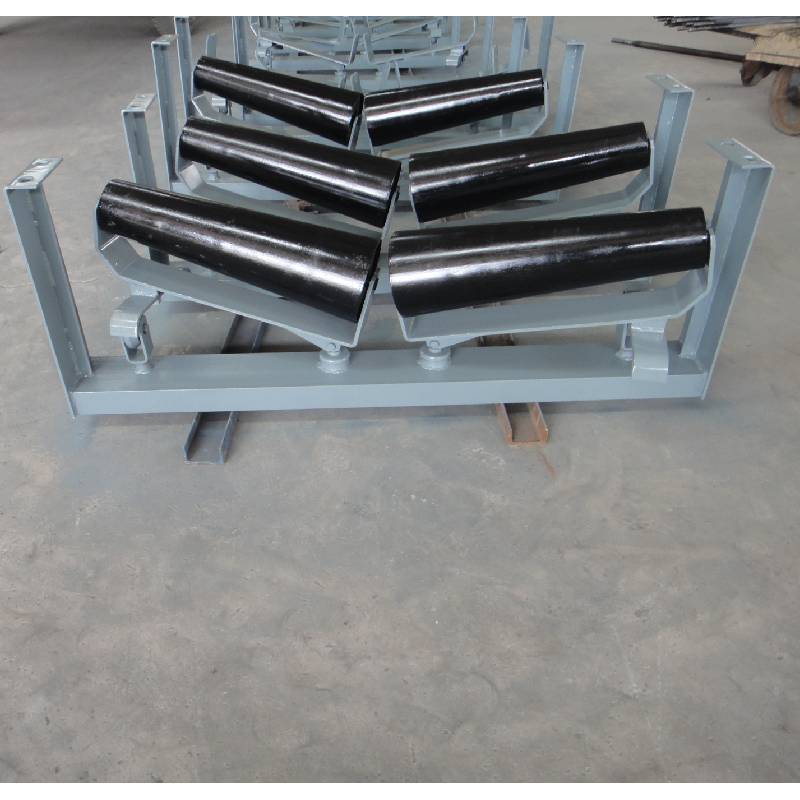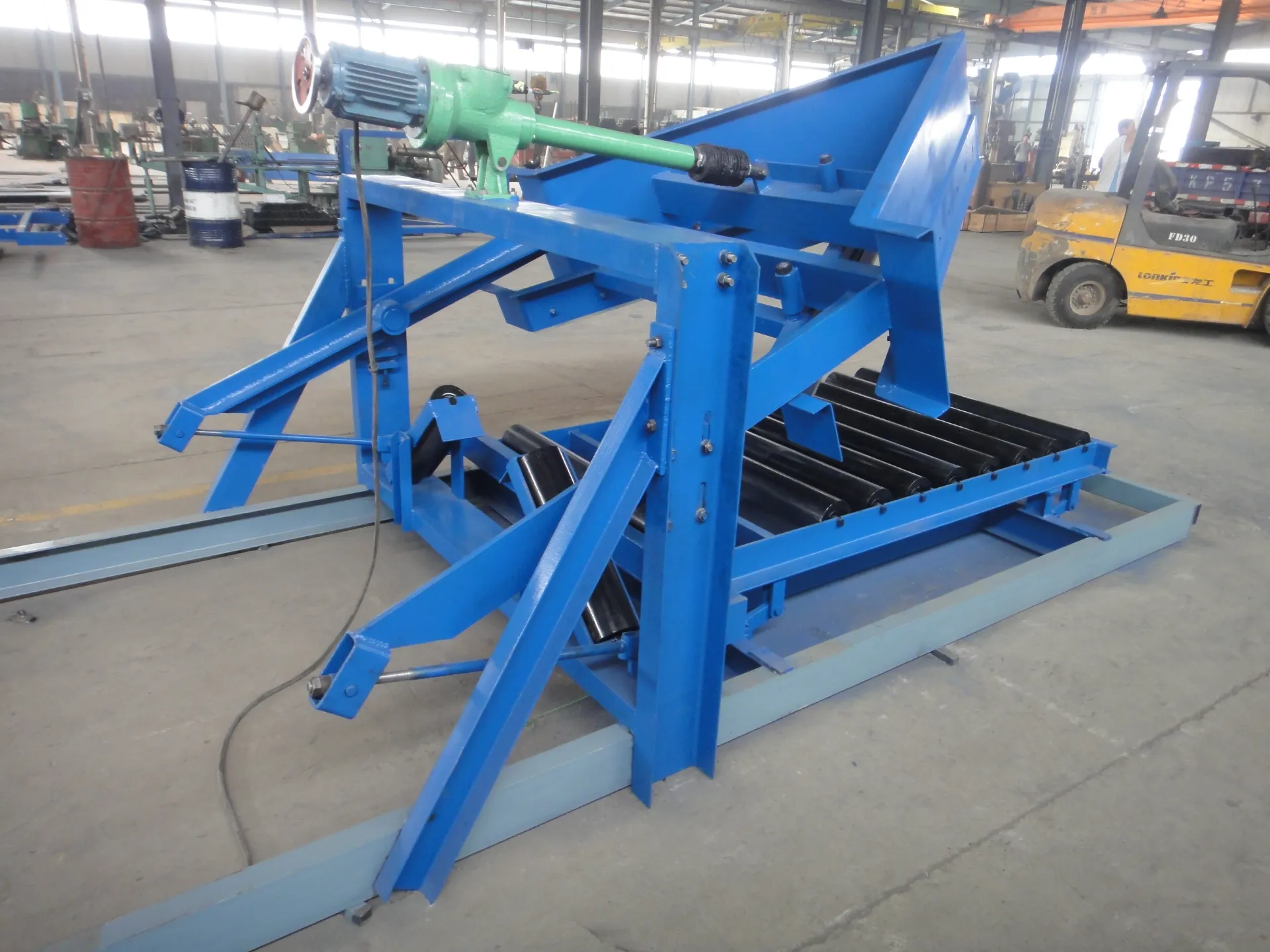 Afrikaans
Afrikaans  Albanian
Albanian  Amharic
Amharic  Arabic
Arabic  Armenian
Armenian  Azerbaijani
Azerbaijani  Basque
Basque  Belarusian
Belarusian  Bengali
Bengali  Bosnian
Bosnian  Bulgarian
Bulgarian  Catalan
Catalan  Cebuano
Cebuano  Corsican
Corsican  Croatian
Croatian  Czech
Czech  Danish
Danish  Dutch
Dutch  English
English  Esperanto
Esperanto  Estonian
Estonian  Finnish
Finnish  French
French  Frisian
Frisian  Galician
Galician  Georgian
Georgian  German
German  Greek
Greek  Gujarati
Gujarati  Haitian Creole
Haitian Creole  hausa
hausa  hawaiian
hawaiian  Hebrew
Hebrew  Hindi
Hindi  Miao
Miao  Hungarian
Hungarian  Icelandic
Icelandic  igbo
igbo  Indonesian
Indonesian  irish
irish  Italian
Italian  Japanese
Japanese  Javanese
Javanese  Kannada
Kannada  kazakh
kazakh  Khmer
Khmer  Rwandese
Rwandese  Korean
Korean  Kurdish
Kurdish  Kyrgyz
Kyrgyz  Lao
Lao  Latin
Latin  Latvian
Latvian  Lithuanian
Lithuanian  Luxembourgish
Luxembourgish  Macedonian
Macedonian  Malgashi
Malgashi  Malay
Malay  Malayalam
Malayalam  Maltese
Maltese  Maori
Maori  Marathi
Marathi  Mongolian
Mongolian  Myanmar
Myanmar  Nepali
Nepali  Norwegian
Norwegian  Norwegian
Norwegian  Occitan
Occitan  Pashto
Pashto  Persian
Persian  Polish
Polish  Portuguese
Portuguese  Punjabi
Punjabi  Romanian
Romanian  Russian
Russian  Samoan
Samoan  Scottish Gaelic
Scottish Gaelic  Serbian
Serbian  Sesotho
Sesotho  Shona
Shona  Sindhi
Sindhi  Sinhala
Sinhala  Slovak
Slovak  Slovenian
Slovenian  Somali
Somali  Spanish
Spanish  Sundanese
Sundanese  Swahili
Swahili  Swedish
Swedish  Tagalog
Tagalog  Tajik
Tajik  Tamil
Tamil  Tatar
Tatar  Telugu
Telugu  Thai
Thai  Turkish
Turkish  Turkmen
Turkmen  Ukrainian
Ukrainian  Urdu
Urdu  Uighur
Uighur  Uzbek
Uzbek  Vietnamese
Vietnamese  Welsh
Welsh  Bantu
Bantu  Yiddish
Yiddish  Yoruba
Yoruba  Zulu
Zulu Feb . 10, 2025 09:35
Back to list
types of pulley in belt conveyor
Pulley systems form the backbone of efficient and reliable belt conveyors, a common feature across various industries from mining to manufacturing. Understanding the different types of pulleys in belt conveyor systems is essential for selecting the right technology that ensures operational excellence.
Furthermore, bend pulleys are employed to change the direction of the belt in complex conveyor configurations. These pulleys excel in adapting to spatial constraints, allowing the conveyor system to fit within the architectural limits of a facility without sacrificing performance or safety. The role of wing pulleys cannot go unmentioned. Used primarily in bulk material handling, wing pulleys incorporate a unique design that reduces material buildup and facilitates self-cleaning. Operating in arduous environments where material spillage is a concern, these pulleys promote enhanced system lifespan and decrease downtime associated with maintenance. For industry experts, selecting the right type of pulley goes beyond merely understanding their function. It requires a deep knowledge of material properties, environmental conditions, and specific operational demands. When chosen wisely, pulleys can drastically reduce operational costs, improve system reliability, and extend the lifespan of the conveying equipment. Advancements in pulley technologies continue to evolve, with a focus on sustainability and efficiency. Innovations like energy-efficient motors and smart monitoring systems are setting new standards within the industry. Intelligent monitoring and predictive maintenance, powered by IoT-based solutions, maximize uptime and operational efficiency by alerting operators to potential issues before they culminate in failures, a testament to the ever-growing integration of technology in industrial processes. In conclusion, understanding the diverse types of pulleys in belt conveyor systems is imperative for maintaining high-performance standards in any industry reliant on material handling. The right choice can lead to significant improvements in productivity and cost efficiency, establishing a cutting-edge operation that stands out for its authority, expertise, and trustworthiness.


Furthermore, bend pulleys are employed to change the direction of the belt in complex conveyor configurations. These pulleys excel in adapting to spatial constraints, allowing the conveyor system to fit within the architectural limits of a facility without sacrificing performance or safety. The role of wing pulleys cannot go unmentioned. Used primarily in bulk material handling, wing pulleys incorporate a unique design that reduces material buildup and facilitates self-cleaning. Operating in arduous environments where material spillage is a concern, these pulleys promote enhanced system lifespan and decrease downtime associated with maintenance. For industry experts, selecting the right type of pulley goes beyond merely understanding their function. It requires a deep knowledge of material properties, environmental conditions, and specific operational demands. When chosen wisely, pulleys can drastically reduce operational costs, improve system reliability, and extend the lifespan of the conveying equipment. Advancements in pulley technologies continue to evolve, with a focus on sustainability and efficiency. Innovations like energy-efficient motors and smart monitoring systems are setting new standards within the industry. Intelligent monitoring and predictive maintenance, powered by IoT-based solutions, maximize uptime and operational efficiency by alerting operators to potential issues before they culminate in failures, a testament to the ever-growing integration of technology in industrial processes. In conclusion, understanding the diverse types of pulleys in belt conveyor systems is imperative for maintaining high-performance standards in any industry reliant on material handling. The right choice can lead to significant improvements in productivity and cost efficiency, establishing a cutting-edge operation that stands out for its authority, expertise, and trustworthiness.
Next:
Latest news
-
Revolutionizing Conveyor Reliability with Advanced Rubber Lagging PulleysNewsJul.22,2025
-
Powering Precision and Durability with Expert Manufacturers of Conveyor ComponentsNewsJul.22,2025
-
Optimizing Conveyor Systems with Advanced Conveyor AccessoriesNewsJul.22,2025
-
Maximize Conveyor Efficiency with Quality Conveyor Idler PulleysNewsJul.22,2025
-
Future-Proof Your Conveyor System with High-Performance Polyurethane RollerNewsJul.22,2025
-
Driving Efficiency Forward with Quality Idlers and RollersNewsJul.22,2025
OUR PRODUCTS





























